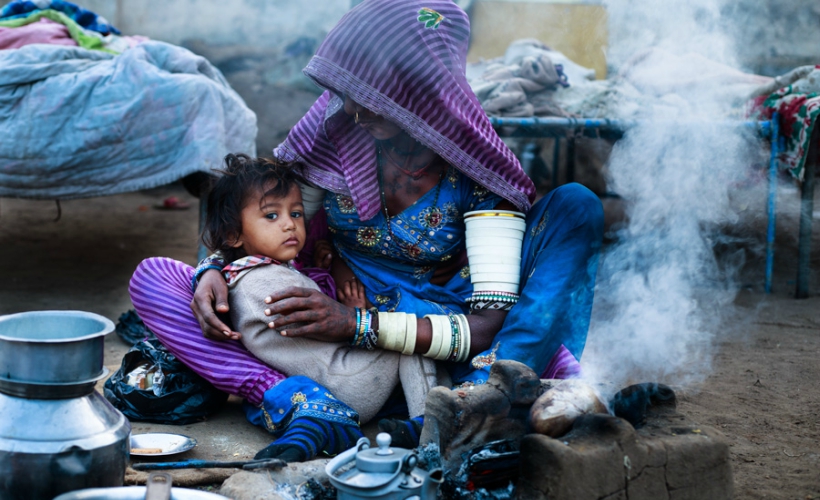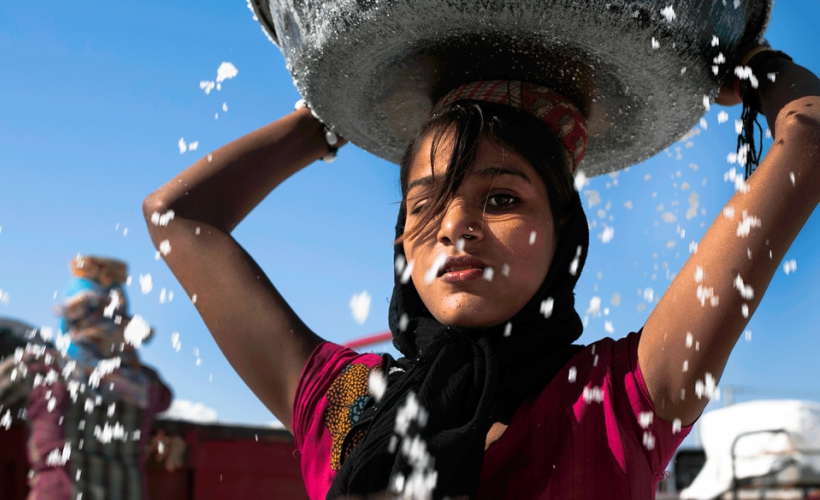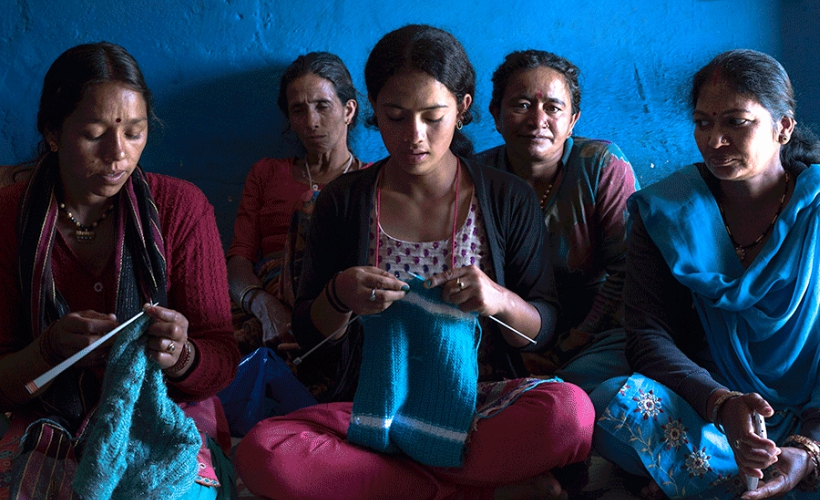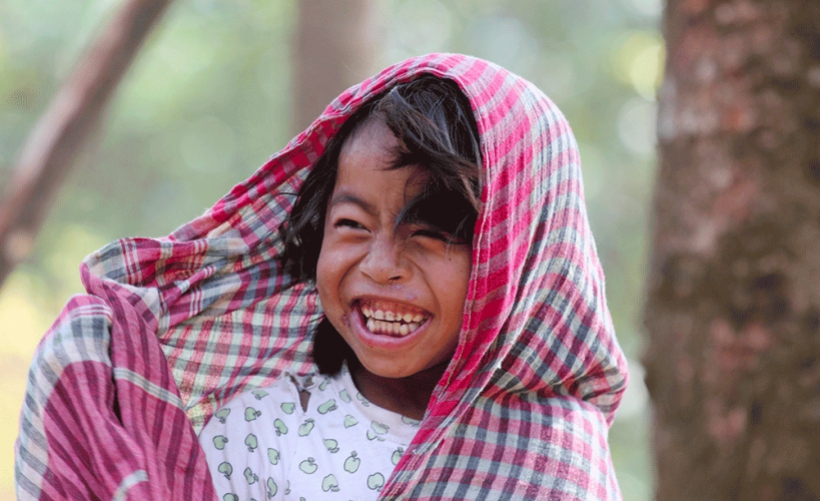
Deepti Asthana grew up fatherless for most of her life, relying on her mother to take care of the family. From a young age, Deepti was moulded to believe that her career choice must be driven by the need to survive instead of being allowed the privilege of finding her true calling. In her later years, her true calling came knocking, and Deepti showed no hesitation. Here are some of the amazing stories surrounding her travels through India;
Security is overrated

Deepti studied hard in school and got into college. Eventually, she graduated to become an engineer; “I got this safe and secure job as an engineer, only to find out later that the safety and security of that cubicle could be very suffocating. In 2012, a colleague of mine handed over a camera to me to take some pictures, that was the first time I held a digital camera in my hand. And I really felt something, like I can do something with this. That’s how photography invaded my life, and after that, my life became about photography. Soon after, I traveled across India only to find that there are two Indias; one is urban India, and one is rural India. The gap between these two Indias is huge, the contrast is huge.”
Speaking on the differences between rural and urban India, Deepti elaborated; “In the cities, the women are seizing power, taking up leadership roles, and fighting for their rights. But in the villages, baby girls are still being killed, given away, sold; the widows are still outcasted, and child marriage is still practised widely. The contrast between urban India and rural India was huge in such a way that people from urban India are not able to identify with the issues of rural India. That is how I embarked on a project to bring these two people closer together, to identify with each other; through pictures, through images, through stories.”
Inspiration through salt

During her travels throughout India, Deepti happened upon a 13 year old girl in Gujarat; “I was in the salt pans early in the morning, and she was standing right there. We were just chatting, and she was a really cheerful girl. She was very surprised to see a girl that came all this way alone with her camera, she found it kind of inspiring. She was asking the right kind of questions, she was a curious and intelligent child. I was thinking in my mind that this girl could be anything when she grows up.”
Deepti soon found out that demonstrating a keen intellect does not protect a little girl from the harsh reality of India; “All of a sudden, she gets up and starts to lift this heavy salt pan. I thought she was just accompanying her parents; I was shocked because she is a really skinny girl but she is lifting this heavy salt pan. Apparently she doesn’t go to school, because her father insisted that, ‘if you want to live at home, you have to work’. This interaction impacted me, I could not overlook these stories, I really had to write about it. Child labor is a crime, and there are still kids who are stuck in this situation, generation after generation.”
The gravity behind her photographs

Deepti proceeded to run the audience through a few of her stunning photographs that highlight the trials and tribulations faced by women across the vast south Asian country. The stories attributed to each photograph paint a grim picture on women’s lives in India, and highlight the need to disintegrate the patriarchal society that has dominated the nation for centuries.
Some societies in the country practise archaic laws such as forcing women to shield their faces; “Women are supposed to cover their faces all the time, regardless of age or marital status. This practise is so widely practised in Rajasthan that women are not allowed to work at all, because of the laws prohibiting them from revealing their faces. This practise started some time in the 16th century when Muslim invaders came to India and women were being raped and murdered, resulting in this law to protect the women. But the invaders came and went, the British came and went, but this practise didn’t change.”
Trying to change the world, one photograph at a time

Before wrapping up her talk, Deepti highlighted the importance of her work; “These stories are important for me, and I believe to you all. Through my project, I wanted to tell these stories to the world; the stories of their resilience, the stories of their struggles, the stories which we usually don’t see in our social media or social circles. I felt that through my project I could bridge the gap, I can bring these stories out, because it is difficult to reach these remote villages, and I’m sure the media won’t bother about it.”
Deepti’s final words at the ZafigoX talk carried a sign of hope; “Despite my own struggles in the past, I feel that I have a very privileged life when compared to the lives of these women. In my situation, I need to have this sense of ownership, that if I want to see change in the way women are treated in India, I need to take a step forward. The young women everywhere else in the world need to come forward, and feel this sense of ownership. This is the first step, and I really feel like things will fall into place on its own.”

![Turkey, Turkish Delights, Menstrual Cycles [VIDEO]](https://zafigo.com/wp-content/uploads/2017/09/Elif.jpg)
![Hitchhiking From Sweden To Malaysia – Of Money, Men And Misconceptions [VIDEO]](https://zafigo.com/wp-content/uploads/2017/09/IMG_6262.jpg)
![Amazing Smartphone Photography [VIDEO]](https://zafigo.com/wp-content/uploads/2017/09/IMG_6327.jpg)